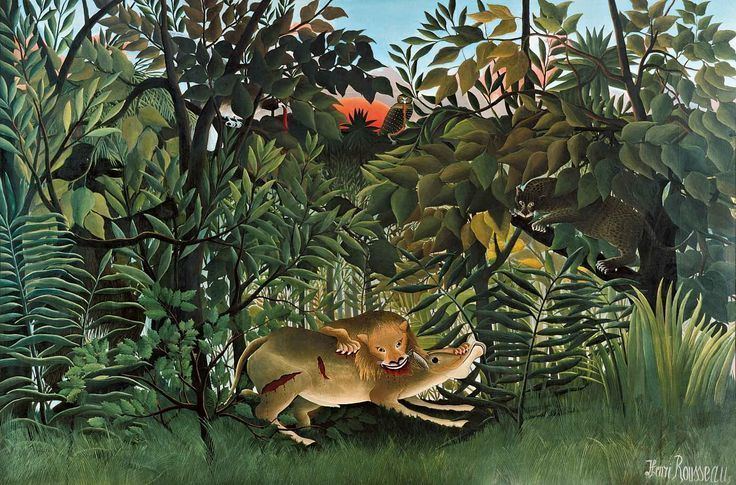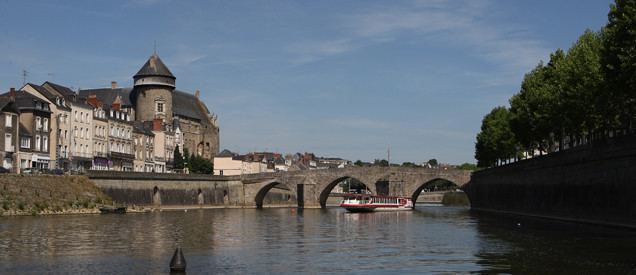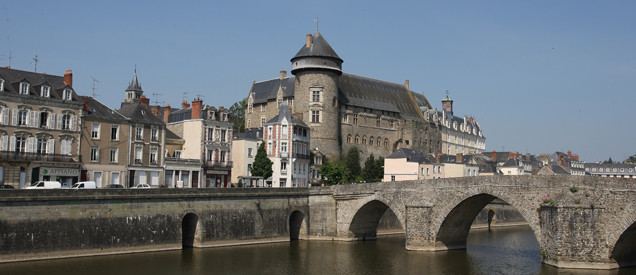Country Area 115.7 km2 | Region Mayor Jean-Christophe Boyer (PS) | |
Laval is a town in western France, about 300 km (190 mi) southwest of Paris, and the capital of the Mayenne department. Laval was before the French Revolution part of the province of Maine, now split between two departments, Mayenne and Sarthe. Its inhabitants are called Lavallois. The commune of Laval proper, without the metropolitan area, is the 13th most populous in northwestern France and the 119th in France.
Contents
- Map of Laval Mayenne
- Change near laval mayennefrance
- Geography
- History
- Economy
- Main sights
- Promotion bon plan cuisine cuisine cook a bayeux 14
- References
Map of Laval, Mayenne
A part of the traditional province of Maine, Laval is also lying on the threshold of Brittany and is not far from Normandy and Anjou. It was thus an important stronghold in northwestern France during the Middle Ages. Laval became a city during the 11th century, and was the cradle of the House of Laval, one of the most powerful families in Maine and Brittany. The counts of Laval developed a textile industry around 1300, and made Laval a significant centre for the French Renaissance a century later. The linen industry remained the principal activity in Laval until the 20th century, when milk processing became more profitable.
Change near laval mayennefrance
Laval developed around a promontory, on which the castle was built, and along the river Mayenne. The Laval metropolitan area is a small economic centre in western France, particularly active in the industrial sector, dairy production, electronics and chemicals. Laval is economically oriented towards Rennes, the administrative capital of the region of Brittany, and located only 80 kilometres (50 miles) west of Laval.
Laval proper covers 34.2 square kilometres (13.2 sq mi) and has a population of 51,182 inhabitants, while c. 120,000 live in its metropolitan area. The Laval Agglomeration intercommunality is made up of 20 communes covering 433 square kilometres (167 sq mi) with 95,000 inhabitants.
Laval is notably the birthplace of Henri Rousseau, a major Naive painter, and the town has a museum dedicated to him and other Naive artists. Laval also enjoys a significant architectural heritage, with its castle, portions of city walls, medieval houses, old bridges and churches.
Geography

Laval in located at the geographical centre of the Mayenne department, on the road which connects Paris to Brittany, between Rennes and Le Mans. The town is situated on the middle course of the Mayenne, a river which has its source in Normandy and runs towards the Loire crossing the Mayenne department from North to South.
Laval is located approximately 80 kilometres (50 miles) from Rennes, Le Mans and Angers, 130 km (81 miles) from Nantes, 150 km (93 miles) from Caen and 280 km (174 miles) from Paris. It is also 100 km (62 miles) far from Le Mont-Saint-Michel and the surrounding sea resorts, located on the English Channel.
Elevation varies between 42 and 122 meters above sea level. Laval is in fact a hilly town, marked by a rocky promontory dominating the valley of the Mayenne river. The castle was built on this promontory and the medieval centre spreads around. The promontory and the slightly hilly landscape around Laval are traces of the Armorican Massif, an old range of mountains that forms the Breton peninsula.
The town is surrounded by agricultural land essentially made of large fields. The traditional bocage with its old hedgerows is still partially visible. Laval is also surrounded by several woods and forests, such as the Foret de Concise, with c. 600 hectares, and the Bois de lHuisserie, with 254 hectares. Both are located south of the town.
History

The coat of arms of Laval is: gules, a lion passant guardant. Many historians from the 19th century believed that these arms were given by William the Conqueror to Guy III of Laval. By doing so, the King of England would have given a part of his own coat of arms, which bears three lions, to thank Guy III to have helped him to invade England. However, this hypothesis is contested by the local contemporary scholars.

In any case, the coat of arms was only granted to the House of Laval, and not to the city. Still, several members of the family permitted the town to use their arms, notably in 1211, when the direct branch died, and in 1464.
The House of Laval had a motto, Eadem mensura ("of same measure"), which is sometimes associated with the town of Laval.
In 1987, the municipality adopted a logotype, replaced in 2010 by a new one which uses the heraldic lion as well as the palindrome as the two symbols of Laval. This logotype is made of "Laval" written in capital letters, with the final "L" held by the lion and reversed to suggest the palindrome.
Economy
The town is historically a manufacturer of fine linens, but there are also foundries. Laval is also home to the Laval and Mayenne Technology Park, where firms working in electronics, computing and peripherals, food technology, veterinary pharmaceuticals, virtual reality, audiovisual productions, patents, marketing and a resource centre are all to be found in modern buildings.
